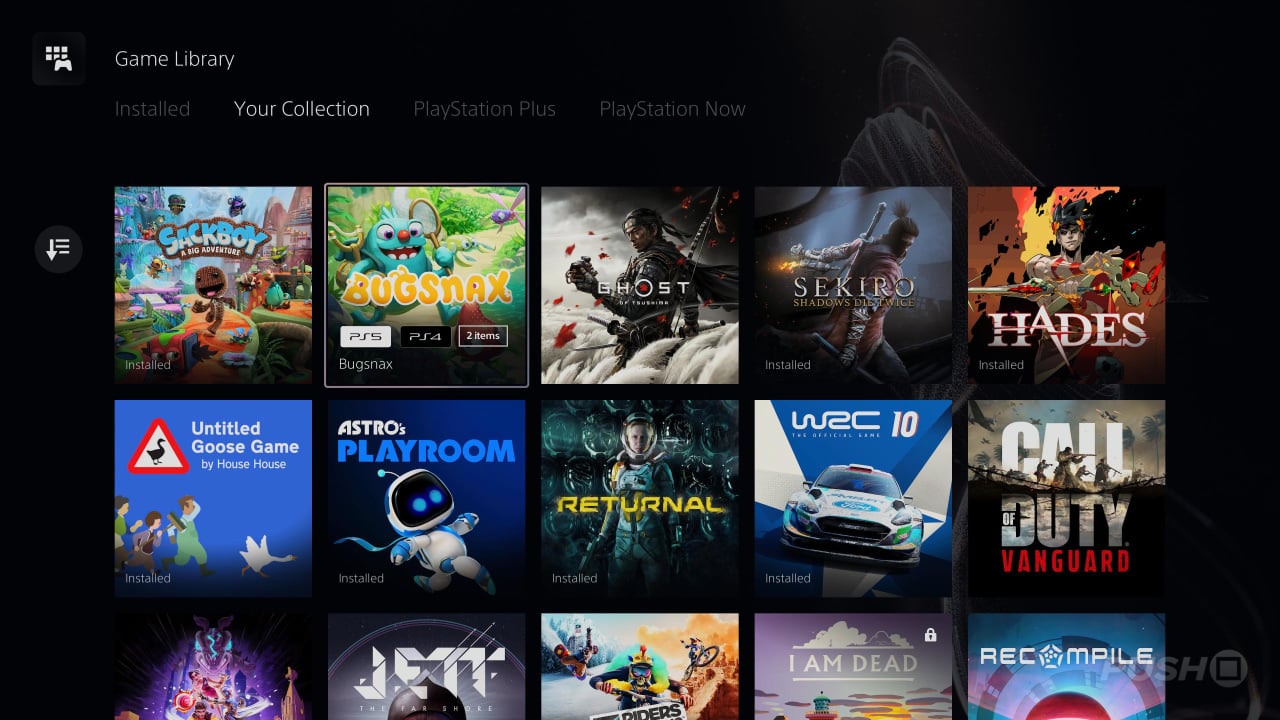

The new console boasted a built-in modem for online play, detachable memory units with visual displays that could be used to play simple games on the go, and - crucially - a Sonic the Hedgehog game.ĭespite critical acclaim for games like Metropolis Street Racer, Soulcalibur, Jet Set Radio and Shenmue, and a general consensus that Dreamcast was a huge improvement over its predecessor, the system was unable to generate big sales.

Sega had a point to prove following the Saturn's disappointing performance, and it kickstarted the sixth generation in 1998 with its 128-bit Dreamcast system. The Sixth Generation of consoles saw one contender drop out, a new contender take its first steps, and a move towards online gaming. Sega meanwhile, floundered - the Saturn only sold well in its native Japan - and ended the generation a distant third. Nintendo's sales were respectable, and its first-party games were among the best it has ever produced, but it fell far short of its own lofty sales standards. Cartridge manufacturing was expensive though, and while the low cost of CD Roms enabled Sony and Sega to re-release hit games at budget prices, Nintendo was unable to follow suit. Nintendo's machine was cartridge-based, and came with a unique analogue controller to complement its peerless launch game, Mario 64. The hotly anticipated Nintendo 64 arrived in 1997. Securing a deal with Namco to bring arcade hits Tekken and Ridge Racer to PlayStation was shrewd, and the conversions drew favourable comparisons with Sega's flagship Saturn conversions of its own arcade titles - Virtua Fighter and Daytona USA. With neither Sega's stellar arcade pedigree, nor Nintendo's impressive in-house games development heritage behind it, Sony relied heavily on third-party developers to support its system. Sony's 32-bit PlayStation launched in Japan in 1994. Later, the cartridge-based 32X promised 3D graphics akin to the next generation of systems - a sort of generation four-and-a-half machine - but sales were poor and Sega failed to support it.Īll the while, Nintendo churned out hit after hit on the SNES. First came the Mega CD - which enabled games featuring rudimentary video - to modest success and no little controversy. Sega attempted to extend the life of the Mega Drive with hardware add-ons. Sonic 2 was a massive hit for Sega, keeping their momentum going, but games like Super Mario Kart and the technically impressive Donkey Kong Country suggested that the SNES would have a longer tail than Sega's machine. Momentum seemed to swing from one system to the other and back with every major release.Ĭapcom's Street Fighter II - the world's most popular arcade game - came to the SNES as a major coup, and was a source of great envy for Mega Drive owners, who eventually got a version over a year later. What followed was a veritable clash of the gaming titans, as the two machines - embodied in the public consciousness by their mascots Sonic and Mario - vied for supremacy. Thus ended the second generation, in what became known as the “video game crash of 1983”. Gamers who bought Pac Man demanded refunds in droves, while a shoddy cash-in based on ET also bombed. This helped Atari become the dominant force in the console market, outselling its closest rival, the Intellivision, by nearly ten to one.Ītari's later 'killer apps' effectively killed the market. Its conversion of Space Invaders was an instant success - perhaps gaming's first 'killer app' - a game so appealing that people bought the console just to play it. It was Atari who best understood the importance of having these coin-op juggernauts on its 2600 system.
#Sony tv firmware update wii series
So when a series of coin-operated machines - Taito's Space Invaders, Namco's Pac Man and Nintendo's Donkey Kong - started gobbling up coins in arcades all over the world, the consoles were well placed to bring these arcade experiences into the living room. The limited printed circuit boards of the first generation gave way to complete games stored on cartridges, while those unwieldy dials became directional control sticks. In 1976, the Fairchild Channel F (known in the UK as the Grandstand) became the first home games machine to employ one, heralding a new era of colour and sound. Second generation consoles were defined by the microprocessor.


 0 kommentar(er)
0 kommentar(er)
